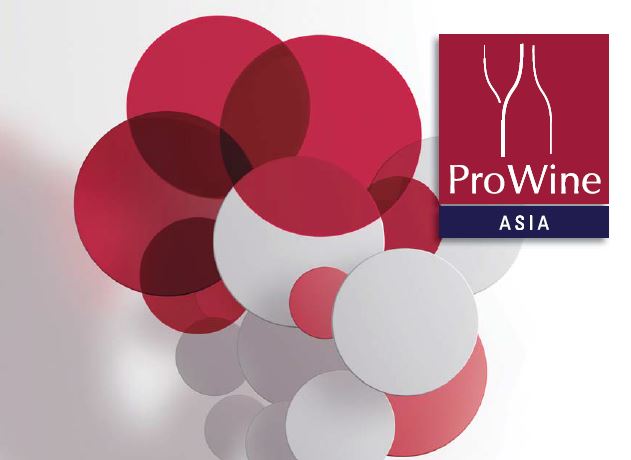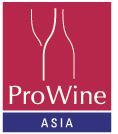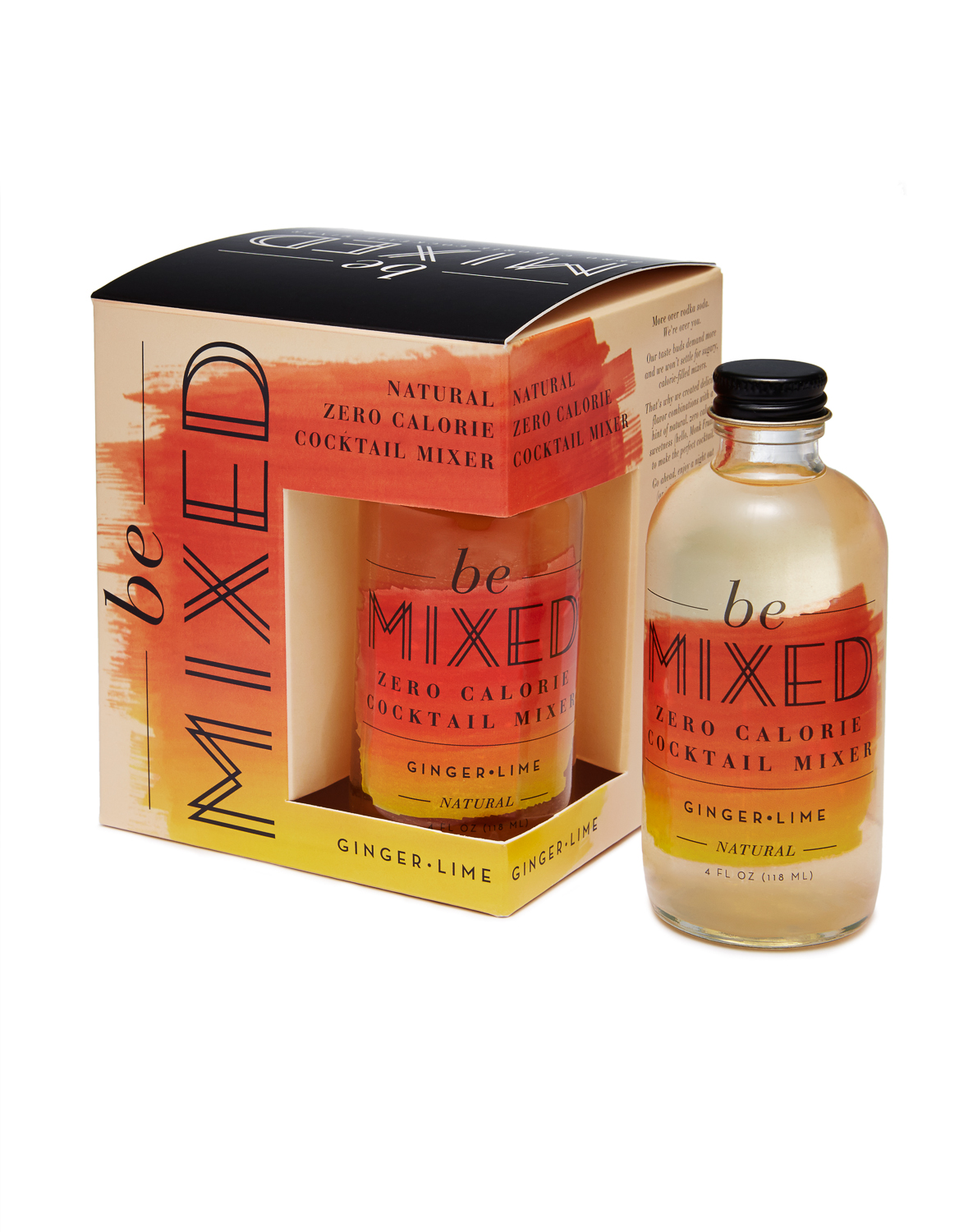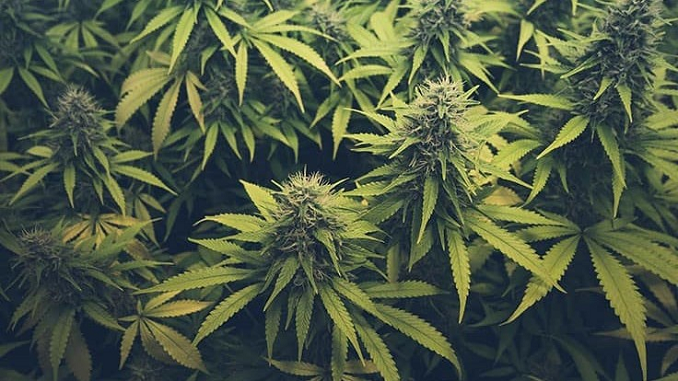 Choose Wine Like An Expert
Choose Wine Like An Expert
SINGAPORE, 12 January 2016 – One of the key factors that have driven the growth of the wine market in Asia is the evolution of the middle class in this region, who bring with them greater disposable income and an increased emphasis on the quality of life. Expected to grow by 22.84 per cent from 2013 to 2017, the number of new prospective wine drinkers in this market and the correlated increase in spending is set to grow further year-on-year.
With wine infiltrating Asian lifestyles and deeper prominence placed on wine education, ProWine ASIA 2016 caught up with Ms. Lisa Perrotti-Brown recently to get some tips on how to discern good quality wines.
Ms. Brown is the author of “Taste Like A Wine Critic: A Guide to Understanding Wine Quality” and a Master of Wine (MW) – a title held by only a select few hundred experts worldwide. She was in town to lead an exclusive Wine Quality Seminar for Singapore’s leading players in the wine and spirits sector, including Cold Storage, AA French Wine, Boncru Fine Wines, Asia Wine Network, Gerard Bertrand, Cellarmaster Wines, Grand Vin, The Wine Company, Vinum Fine Wines, Wine Connection, Pernod Ricard and many more.
Organised by The Wine Advocate, a global wine publication featuring consumer advice of wine critic Robert M. Parker, Jr, the Seminar made up of theory and tasting sessions that offered participants insights of what constitutes a good wine, was sponsored by Messe Düsseldorf GmbH and supported by Singapore Exhibition Services.
According to Ms. Brown, accessing a wine’s relative level of excellence happens at the point of tasting, while the quality of wine will result from its development and processing from grape to glass.
Qualities of a good wine
Some of the indicators of wine quality include its fruit ripeness (as manifested in the wine), intensity and concentration, balance, and length of finish. For example, good quality wine should have ripe, approachable tannins and fully expressed flavour compounds as opposed to a dilute, overly sour and/or astringent / “hard” wines..
Balance refers to the wine’s components all existing in harmony and complementing each other so that no single aspect is obtrusive on the palate. This means that a wine should appear “seamless” in the mouth with no obvious “edges” such as too much acidity, oak or tannins. .
The length of finish measures how long the wine’s taste lingers after it has been swallowed or spat. Great wines have long, pleasant and often complex finishes, which means that you may taste the flavours of the grapes or fruits that are in the wines for a minute or more after swallowing.
Other factors that come into play will include the wine’s ability to age, its regional typicality, value for money, the situation (e.g. with food), and its uniqueness.
How to tell a wine fault
Naturally the first thing in determining the quality of wine is if there is presence of any faults. The more common ones include cork taint (TCA) and oxidation, and can be detected when an aroma or flavour in the wine appears ‘off’ or just wrong.
Cork taint occurs when 2,4,6 – Tricloranisole or TCA, generated by naturally-occurring fungi that often exist in the crevices of wood or cork, comes into contact with chlorine compounds present in pesticides, cleaning agents, wood treatments, etc. When cork taint occurs, the wine will give out a musty, moldy aroma. Controlling the source of TCA has proved extremely difficult and currently there are no remedies.
Another wine fault is the oxidation or reduction of the wine – which happens when wines are either exposed to too much oxygen or too little respectively.
When oxidation occurs, this usually results in a breakdown of its attractive colour. Whites go a dull brown/straw, rosés go brown/orange, reds become paler with an orange/brown rim. Chilling grapes and juice helps to slow oxidation. Though interestingly, oxidation is being infused into the wine style of Vin Santo, Tokaji, Vin Jaune and Tawny Port.
Reduction on the other hand, may result in the wine smelling like rotten eggs, garlic or onions, or the aroma of burnt tyres. In remedy, swirling or decanting the wine in question can help to dissipate the malodorous compounds..
’Getting it’
Choosing a good bottle of wine really boils down to observation and evaluation of its quality. While building up on wine tasting experience may mean a faster pick up of the wine’s qualities, nuances and ‘getting it’, it is still most important that an individual enjoys the wine, and in essence, comprehend the wine.
Inaugural edition of ProWine ASIA 2016 to be launched in Singapore
ProWine ASIA 2016 – the newest ProWein satellite event for Southeast Asia will be staged in Singapore from 12 to 15 April 2016 at the Singapore Expo, Hall 10. Spanning an exhibition area of 5,000sqm and backed by strong international participation from 17 countries and regions, including Australia, Austria, Argentina, Canada, Chile, France, Germany, Greece, Hungary, Italy, Japan, Portugal, Russia, Singapore, South Africa, Spain and USA, the event will showcase a wide array of products and services.
Trade visitors to the event can also look forward to participating in more than 300 tasting sessions, master classes, in-depth seminars, lectures and presentations hosted by various key industry players. They will also get a chance to take part in specially crafted workshops that will cover topics including autochthonous grape varieties and the diversity of wine.
Online visitor registration is now open. More information is available at www.prowineasia.com
ProWine ASIA 2016 is co-located with Food&HotelAsia2016 (FHA2016), Asia’s premier trade event for the food and hospitality industry.
| ProWine ASIA 2016 | |
| Date: | 12 – 15 April 2016 (Tuesday – Friday) |
| Venue: | Singapore Expo, Hall 10 |
| Opening Hours: | 10am – 6pm (12 – 14 April 2016, Tuesday – Thursday) 10am – 4pm (15 April 2016, Friday) |
| Admission: | Free Admission for business and trade professionals |
| Website: | www.prowineasia.com |
| Visitor registration: | http://sesallworld.com/prowine-asia/pre-registration/ |




 Choose Wine Like An Expert
Choose Wine Like An Expert


